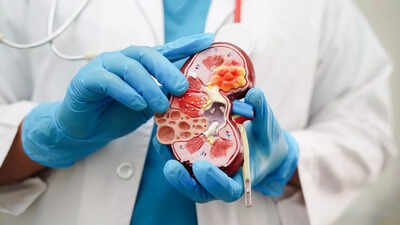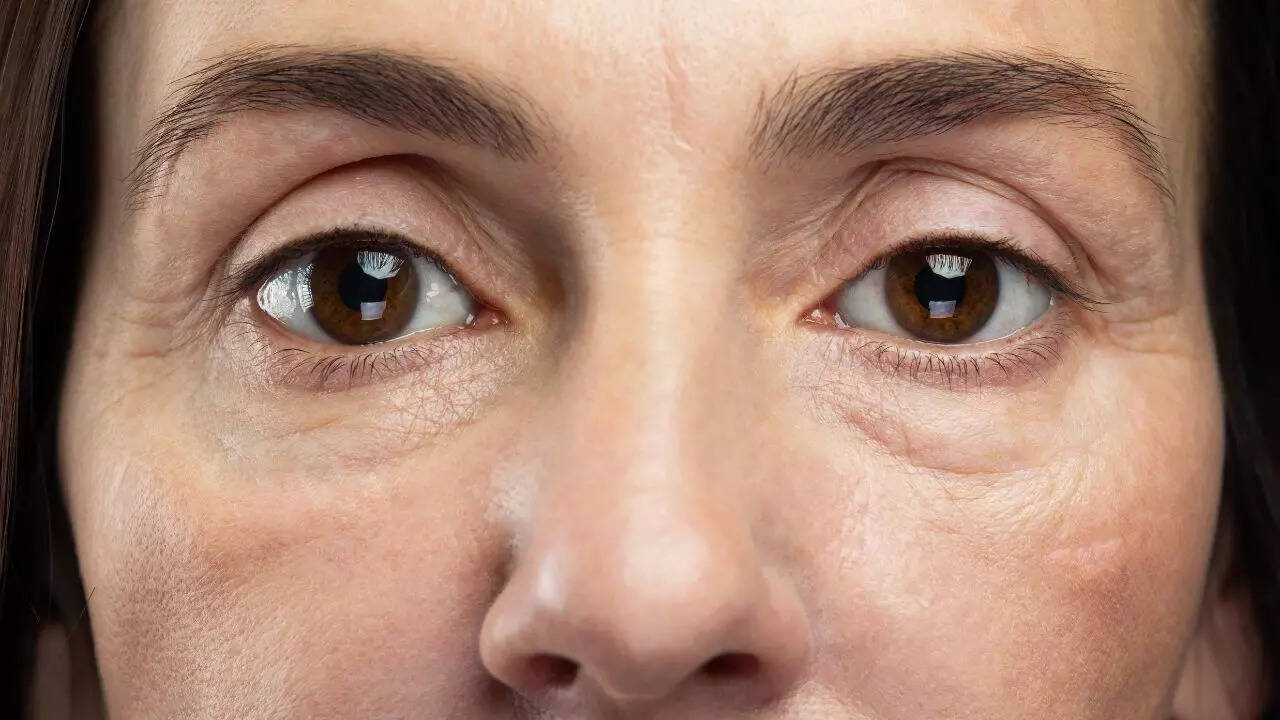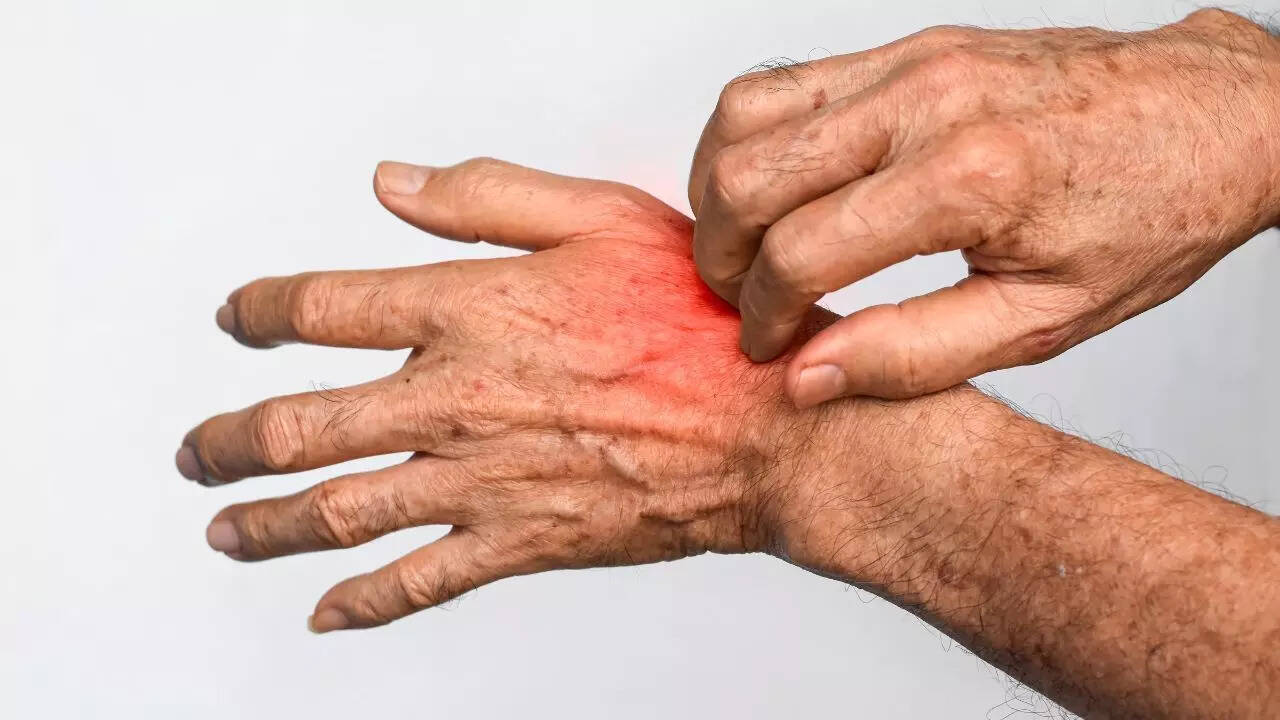
Kidneys are vital organs responsible for filtering waste, balancing electrolytes, and producing hormones that regulate blood pressure and red blood cell production. When kidney function declines, subtle symptoms can emerge, often going unnoticed. Recognising these early signs is crucial for timely intervention and preventing further damage. According to Kidney Care UK, common early indicators include facial puffiness, foamy urine, dry and itchy skin, brain fog, and persistent bad breath. Conditions such as diabetes and high blood pressure significantly increase the risk of kidney disease. Understanding and identifying these symptoms can lead to early diagnosis and more effective management of kidney health.
Kidney damage morning symptoms you should never ignore
Facial puffiness

Why mornings? Puffy eyelids/face on waking are classic for kidney-related edema. In nephrotic states, the kidneys leak albumin into urine; low blood albumin reduces plasma oncotic pressure, so fluid shifts into loose tissues—most visibly the periorbital area after a night lying flat. Sodium retention from kidney disease further expands total body water. Swelling often “tracks” to ankles/feet later in the day. As cited by National Institute of Diabetes and Digestive and Kidney Diseases the morning facial puffiness may be linked to your kidney damage illness. Do overlook the symptom before it worsen the condition.When to suspect kidneys vs. other causes: Edema with foamy urine, weight gain from fluids, or high blood pressure points toward renal causes. Allergies, hypothyroidism, heart or liver disease, and steroid use are common non-renal mimics. If facial swelling coexists with leg edema, foamy urine, or rising blood pressure, get checked.
Foamy or bubbly urine
What’s happening? Abundant, persistent foam (especially if it doesn’t dissipate) often reflects excess urinary protein (proteinuria)—an early sign of glomerular damage. Transient foam can occur from dehydration, rapid urination, or toilet cleansers, but repeated foamy urine deserves testing. Why it matters: Proteinuria predicts kidney disease progression and cardiovascular risk. Confirmation is by uACR (ideally 2 of 3 elevated samples) and eGFR staging. Management targets the cause and reduces intraglomerular pressure (e.g., RAAS/SGLT2 therapy as appropriate) under clinician guidance.
Excessively dry skin and itchiness

Mechanism: As kidney function declines, “uremic” toxins, inflammation, peripheral neuropathy, xerosis (dry skin), and mineral/bone disorder (high phosphorus/PTH) all contribute to persistent, often symmetrical itch (back, arms). It’s frequently worse at night and only partly responsive to moisturizers—unlike ordinary dry skin. Why to act: Uremic pruritus correlates with reduced quality of life and, in advanced CKD/dialysis, with worse outcomes. Evaluation includes CKD staging, calcium/phosphate/PTH, and skin exam to exclude dermatologic causes. Treatment ranges from aggressive emollients and phosphate control to targeted therapies guided by a clinician.
Brain fog

What drives it? Accumulating uremic solutes, cerebrovascular disease risk, sleep disorders, and especially anemia reduce oxygen delivery to the brain—causing fatigue, slowed processing, and poor concentration. Cognitive changes are common as CKD advances. Action points: Check eGFR, uACR, blood pressure, and hemoglobin (CKD causes low erythropoietin → anemia). Treating anemia and controlling CKD risk factors can improve energy and cognition. Persistent “brain fog” with other renal signs warrants evaluation.
Persistent bad breath

What it is: When kidneys fail to clear urea effectively, salivary enzymes convert urea to ammonia, producing a distinctive ammonia/urine-like odor—uremic fetor. On its own it’s nonspecific, but with other symptoms (nausea, fatigue, pruritus, edema) it should raise concern for advanced kidney dysfunction.
Understanding kidney disease
Kidneys filter blood, balance electrolytes/acid–base, regulate blood pressure via hormones, and support red-blood-cell production. Diabetes and hypertension are the leading causes of chronic kidney disease (CKD). Early CKD can be silent; albuminuria and declining eGFR define/stage it. Major causes:Diabetes and hypertension remain the top risk factors for chronic kidney disease (CKD).Other causes include glomerulonephritis, polycystic kidney disease, recurrent kidney infections, and prolonged use of nephrotoxic drugs (such as some painkillers or NSAIDs).Potential complications of CKD:
- Bone disease and fractures due to impaired vitamin D metabolism.
- Cardiovascular problems like heart attack, stroke, and heart failure.
- Fluid overload, leading to swelling, high blood pressure, or pulmonary edema (fluid in the lungs).
- Electrolyte imbalances such as high potassium, which can trigger dangerous heart rhythms.
- Anemia, fatigue, and reduced exercise capacity.
- Malnutrition and weight loss from loss of appetite and toxin buildup.
Disclaimer:This article is for informational purposes only and is not a substitute for professional medical advice, diagnosis, or treatment. Symptoms like puffiness, foamy urine, or fatigue can have many causes. If you notice persistent or worsening signs, consult a qualified healthcare provider promptly. Never delay or disregard medical advice because of something you read here.Also Read | Woman who lost 25 kg in 4 months shares her 10 weight loss secrets: ‘You don’t need to starve yourself’






